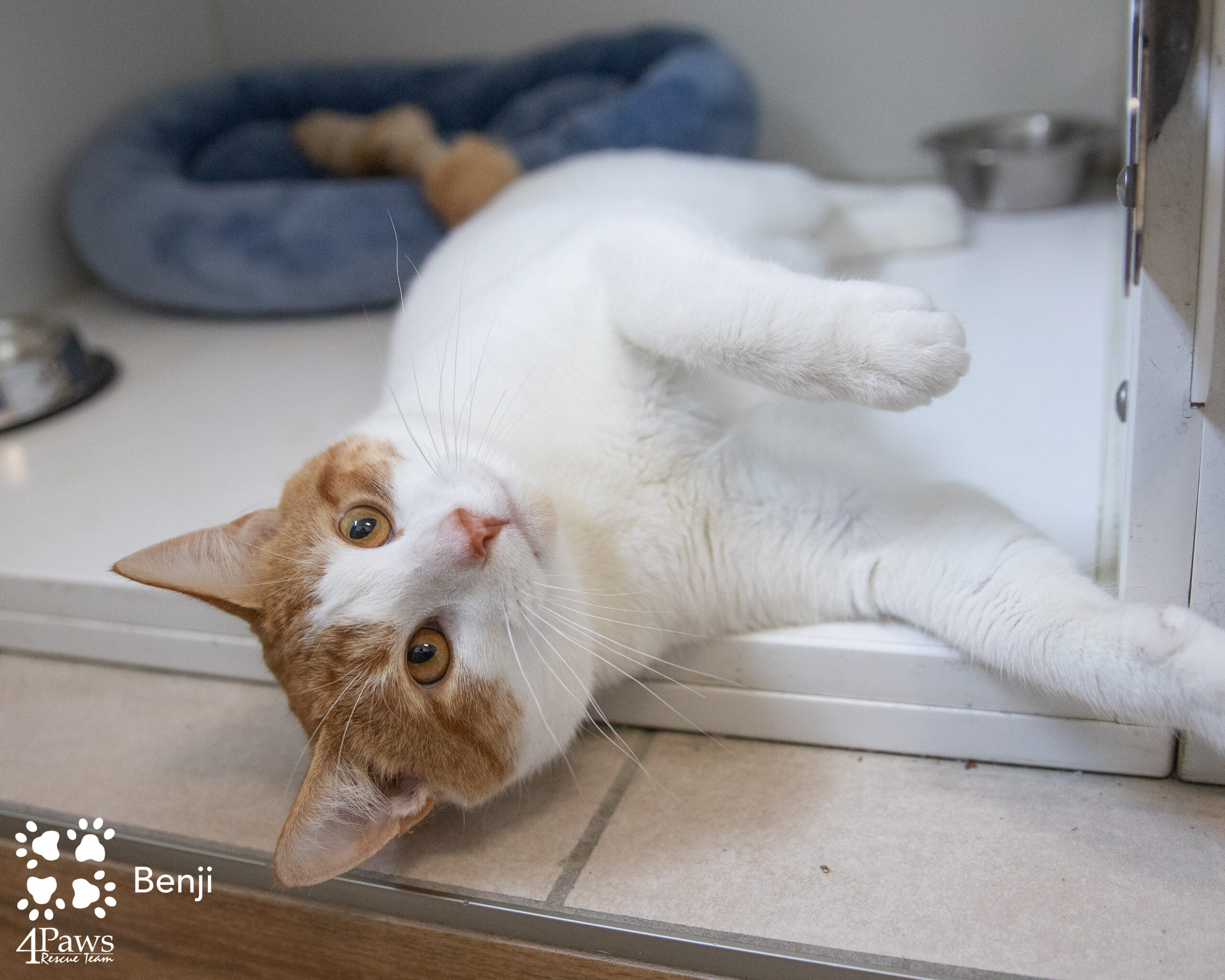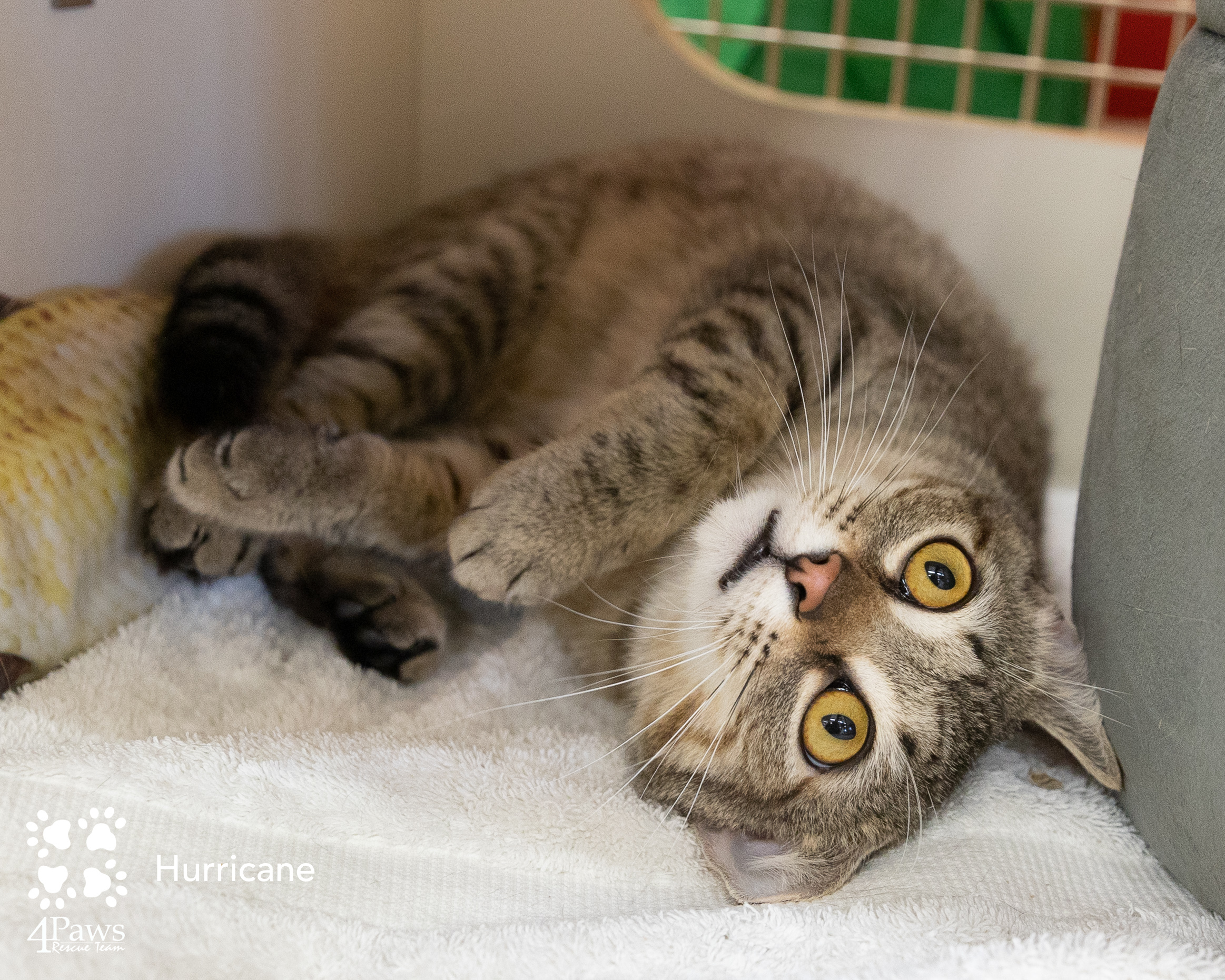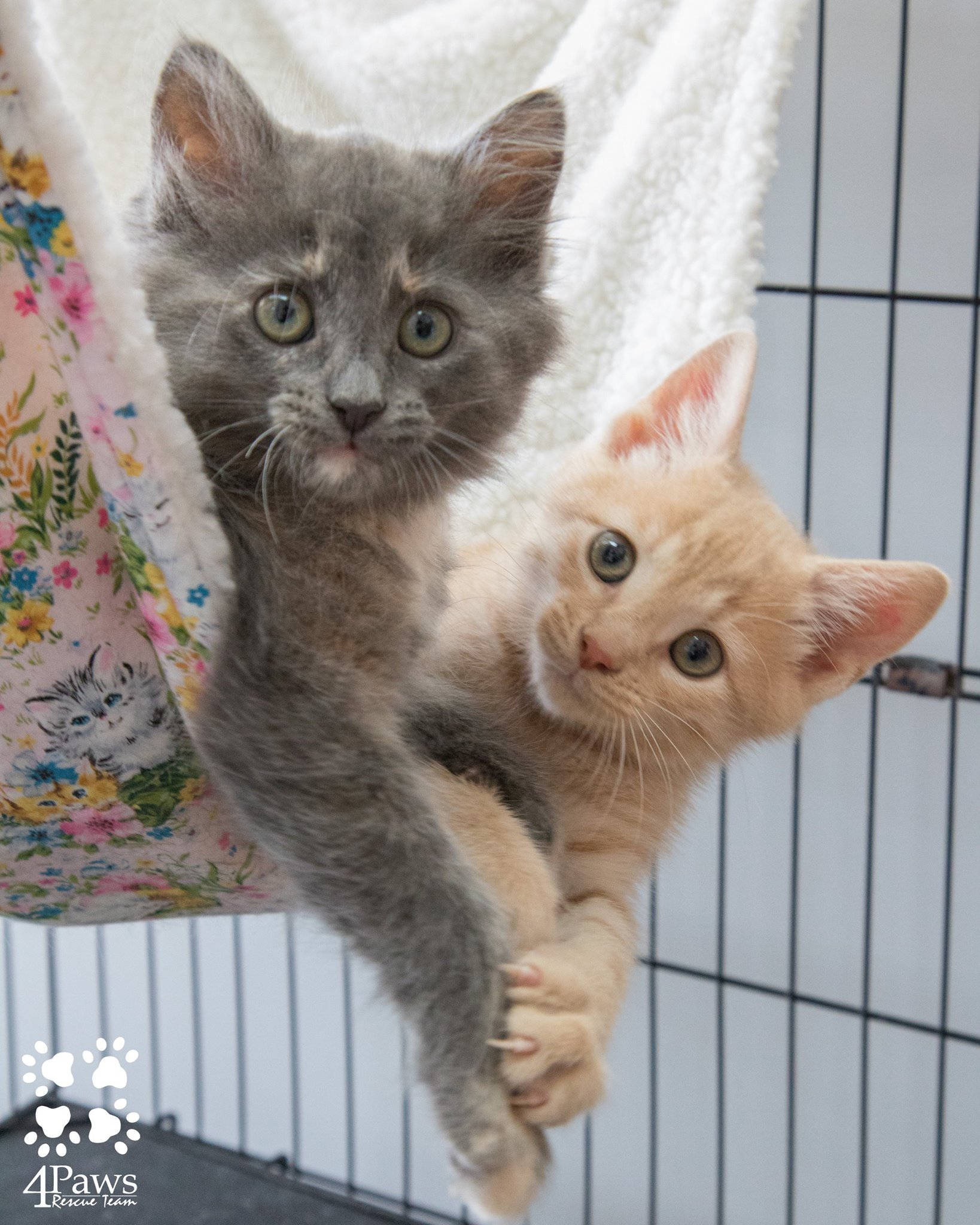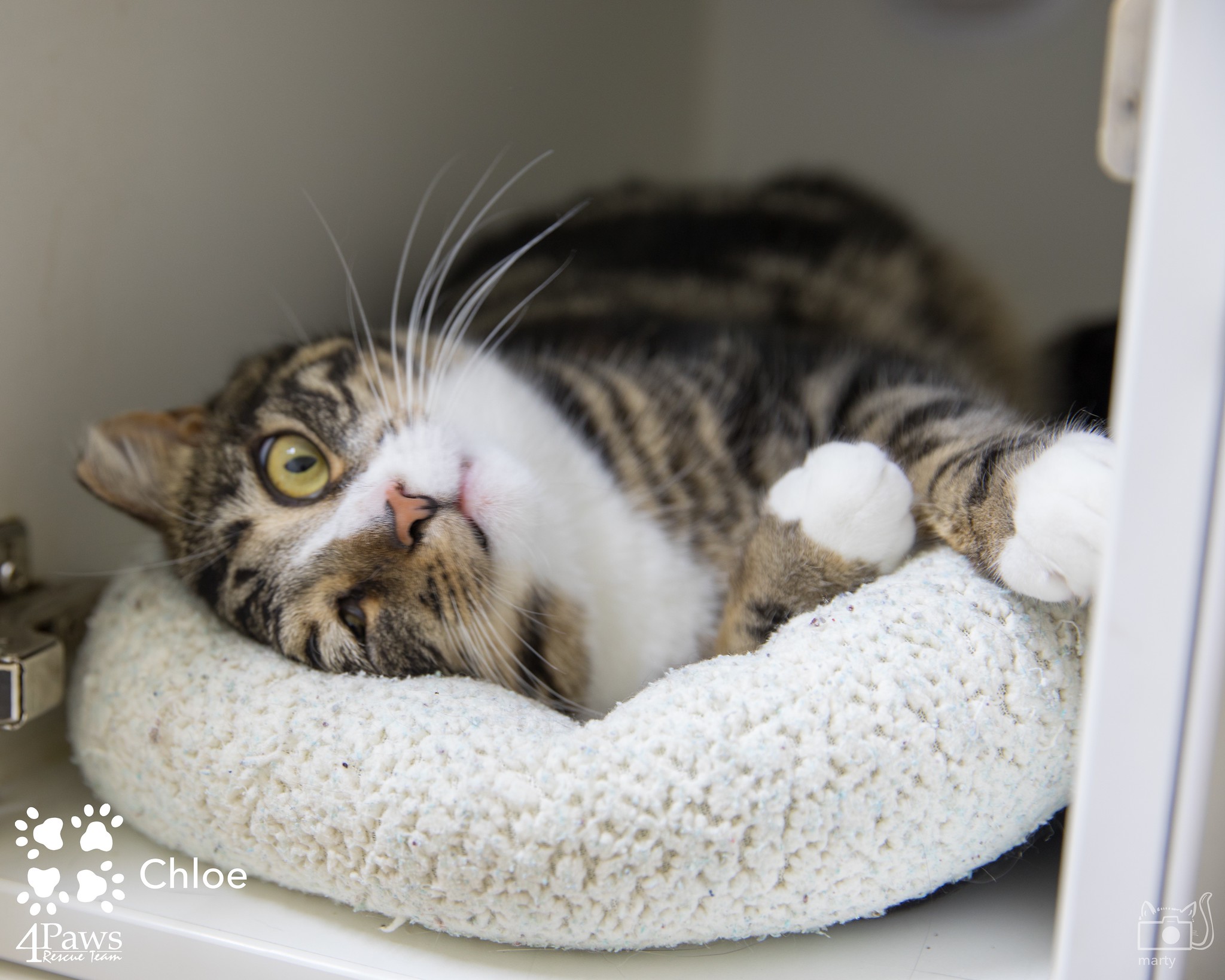There is little more frustrating than a cat not using his litter box. Shelters report that litter box problems are the number one reason owners give up their pets. Improper elimination does not have to be a death sentence. This article discusses various causes and options for correcting the problem. This is not an exhaustive discussion, however, merely an overview. And it only discusses problems related to urination outside the litter box, not defecation which may need to be approached differently.
First and foremost is the all important question—“is the source of the problem medical or behavioral?” All too often a medical problem is mislabeled behavioral and so not only are the proper steps not taken to remedy the situation, but the cat continues to suffer with pain or chronic discomfort.
Most litter box issues can be traced back to a medical problem. Believe this fact, know it—and you are on your way to a solution. Medical problems that cause inappropriate elimination cannot be diagnosed through a phone consultation with your vet or simply with an office exam. For a proper diagnosis, your vet needs to collect a urine sample and run an analysis of the sample. Some medical conditions may not be uncovered with a urinalysis, but certainly, this should be the first step. Here are a few myths about cats and litter boxes.
Myth #1: I know the problem isn’t medical because sometimes my cat does use the litter box.
Logically, it might seem that a cat isn’t sick if sometimes she uses the litter box and other times she does not. This must indicate a behavioral choice—right? Wrong—intermittent litter box use is actually a classic sign of an underlying medical problem. Out in the wild, burying waste is a survival technique to avoid detection by predators. Driven by instinct, it is natural for a cat to eliminate in a litter box.
A conflict occurs when the cat starts associating with the litter box with the pain or discomfort caused by a medical condition. Many medical issue cause increased pain when a cat tries to urinate. If so, she may start to avoid the litter box, thinking the box itself is the source of the discomfort. In this conflict between pain and instinct, the pain may not be strong enough to always deter litter box use—leading to intermittent use. Or maybe it is a question of timing—since the litter box is associated with pain, if she happens upon a soft place on the carpet or in the laundry basket she may simply utilize the new spot that does not have a history of causing pain.
Myth #2: It can’t be a medical problem—my cat has been eliminating outside the litter box on and off for years.
Some medical conditions do not cause constant pain. Urinary crystals, bladder stones and interstitial cystitis are some of the more common conditions that can cause flare ups of discomfort leading to improper elimination. Even the most attentive of owners may dismiss an occasional transgression outside the litter box as an accident instead of a potential medical problem. Some medical issues worsen with time, so an occasional elimination outside the box could turn into a more frequent problem. It may seem that your cat’s behavioral problem is just getting worse, but it’s more likely a medical problem that has deteriorated over time. Give your cat the benefit of the doubt—take him to the vet for a urinalysis and any necessary follow up tests.
Myth #3: My vet analyzed a urine sample and didn’t find anything, so the problem is behavioral, not medical.
Not every medical problem will manifest in a cat’s urine. Usually urinary crystals will show up in an afflicted cat’s urine, but not always. Sometimes the crystals accumulate in the bladder, never passing into the urine. In these cases, a sludge or stone forms in the bladder causing irritation and pain during urination. Ultrasound is the best diagnostic for identifying this condition, but some stones can be seen by x-ray.
Kidney disease can also lead to improper elimination. Some medical conditions causing a cat to go to the bathroom outside of his litter box are not even directly related to a problem with the urinary tract system. Diabetes, constipation, and arthritis are examples of conditions that may manifest in the early stages with improper elimination. In these situations, blood tests, x-rays or other diagnostics may be necessary to properly identify the medical cause of the unwanted behavior.
While it is true that elimination outside the litter box is likely a warning of an underlying medical condition, don’t assume that if your cat continues to faithfully use his litter box that he is healthy. There are other clues that should alert you to a potential medical problem. Frequently urinating in small amounts, going in and out of the litter box without using it, and crying out in pain when trying to urinate—these are all signs of serious medical conditions calling for immediate vet attention. Catching these problems early can be the difference between a minor problem and a chronic or even life threatening situation.




